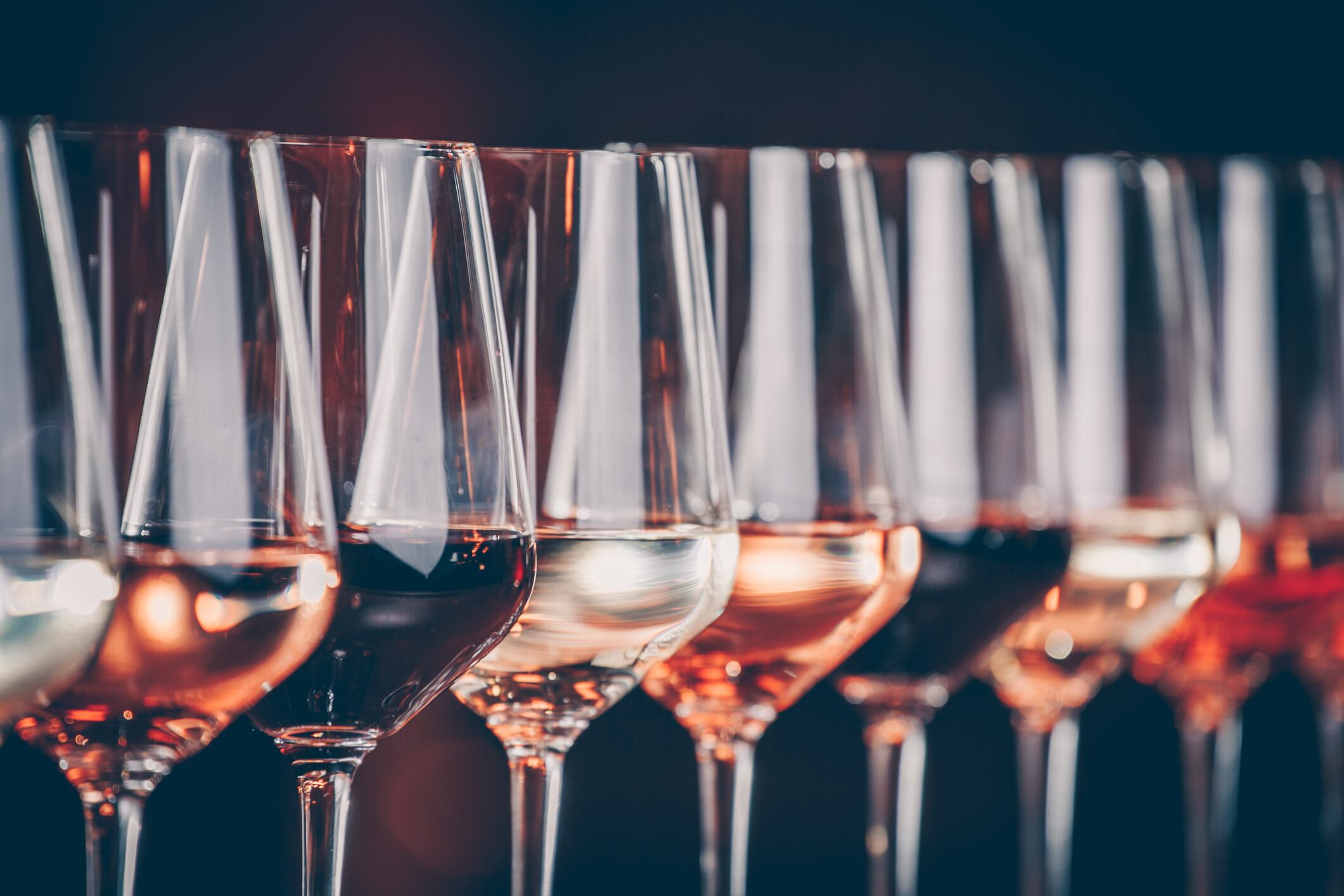One lesser-known Asian tiger has been prowling over new grounds during the last few years, cementing its position as a notable winemaker by picking up a raft of medals at some of the most prestigious competitions in oenology circles.
Earlier this year, two types of wine made from grapes grown in Taiwan took gold medals at the 26th Vinalies Internationales competition in Paris. This has topped a spectacular few recent years of Vinalies gongs and other wine medals.
It isn’t a bad effort for a country whose wine industry has only just reached pensionable age and was in danger of dying completely just two decades ago.
Ramping up production
Taiwan’s success will also horrify old-world winemakers who are already fighting against climate change and the rise of new countries muscling in on their markets.
Despite all its silverware and grand designs, though, it will be a long time before they are really troubled by a subtropical island about 100km off the southeast coast of China. The quality might be there, but the production is way off.
For most of Taiwan’s existence its fledgling wine industry has been smothered by being part of a monopoly—quite literally.
Only about 60 years ago, a few winemakers started to cultivate wine grapes under contracts with the Taiwan Provincial Monopoly Bureau.
The bureau, now known as the Taiwan Tobacco and Liquor Company, had brought in some 200 different varieties of grape from abroad and told the farmers to do what they could.
In its heyday, Taiwan planted more than 5,000 hectares of wine grapes, sustained by government subsidies.
But the country’s monopoly system effectively prohibited the private sector from producing alcoholic beverages, making it hard for the industry to develop.
The hot, wet and humid climate didn’t help either, causing most of the first wineries and their European grape varieties to fail.
In 2002, with the former wine industry almost gone, the monopoly system was finally removed. The subsequent arrival of private winemakers then brought renewed zeal to the segment.
These newcomers set out to build on work done by the Taiwanese pioneers to explore different planting methods and modify their winemaking techniques to suit the tropics. They also developed a new variety of grapes.
Today the Black Queen and Golden Muscat grapes dominate Taiwanese winemaking, while more common grapevine varieties like Cabernet Sauvignon, Pinot Noir and Chardonnay are hardly able to blossom and bear fruit without the help of costly cooling systems to tackle the heat.
Black Queen and Golden Muscat are not perfect either. The former is known for its high acidity levels with a hint of grass, and while the latter is less acidic, it is said by experts to exhibit “animal-like aromas”. Their sugar content is also far lower than that of typical premium varieties.
Moreover, Taiwan’s harvesting season is dictated by the timing of the typhoons, which hit the island from July to August each year. Some years, growers are forced to pick unripe fruit containing only about half the phenolic compounds found in grapes grown in Bordeaux.
Vinalies gold winners
The latest Vinalies gold winners, cultivated around the city of Taichung in central Taiwan, won the highest honour in the red wine and white wine categories in the annual event.
It was the first time that Taiwanese wine has snaffled the top awards in two categories at the same Vinalies, in which almost 3,000 labels from 45 countries competed this year. The previous year, Vino Formosa Rosso by Shu-sheng Leisure Domaine, a Taiwanese red, took gold.
Chen Chien-hao, a local professor and an expert in distilling who attended the universities of Burgundy and Paris Nanterre, is behind much of the development of the modern Taiwanese wine industry through his collaboration with Shu-Sheng.
The specialist in fermentation had first teamed up with the country’s Agriculture and Food Agency in 2005, to develop a thermal maturation process in oak barrels for over five years.
The approach takes inspiration from fortified Madeira wines that are made in tropical climates.
During the process, brandy is added to halt fermentation and fortify the alcohol level while preserving the sugar content.
A a new method introduced to production adds complexity and fullness to the flavour profile of wine, known as the Dry Iced Soaked step.
Freezing makes the cell walls of the fruits to break, causing the grape skin and flesh to release a darker colour and more polyphenols.
Dr Chen has embraced both approaches to winemaking, and so has Shu-sheng.
"It is clear proof that Taiwan can make world-class wine with locally cultivated grapes," Chen has told the press, looking back on the awards his wines continue to take around the world.
Other modern Taiwanese wine pioneers have brought other styles to the market. Weightstone Vineyard Estate has designed elegant sparkling wines from Blanc de Blancs and Gris de Noirs made in a bottle-fermented and hand-riddled méthode traditionnelle.
Its wines are said to pair well with local Asian food in particular, such as prawn dumplings and spicy noodles.
Weightstone’s Gris de Noirs Rosé Extra Brut, which is made wholly from Black Queen grapes, delivered a silver win at the 2018 Decanter World Wine Awards, among other international gongs.
Taiwan still has a long way to go to satisfy demand, however. This has been booming as more Michelin-starred restaurants in Asia—and as far away as Paris, London and New York—take notice of its wines.
Though some vineyards harvest twice a year, production mostly hovers at around a few thousand bottles each, often at a retail price of around US$100 per bottle.
Hong Kong collectors in particular have cottoned on to their rarity, as well as the taste and back-story of these wines.
With accepting more international accolades, Taiwanese wine is starting to develop international interest. And with this attention, this newest of new worlds should be a distinct one to look out for in the future.

